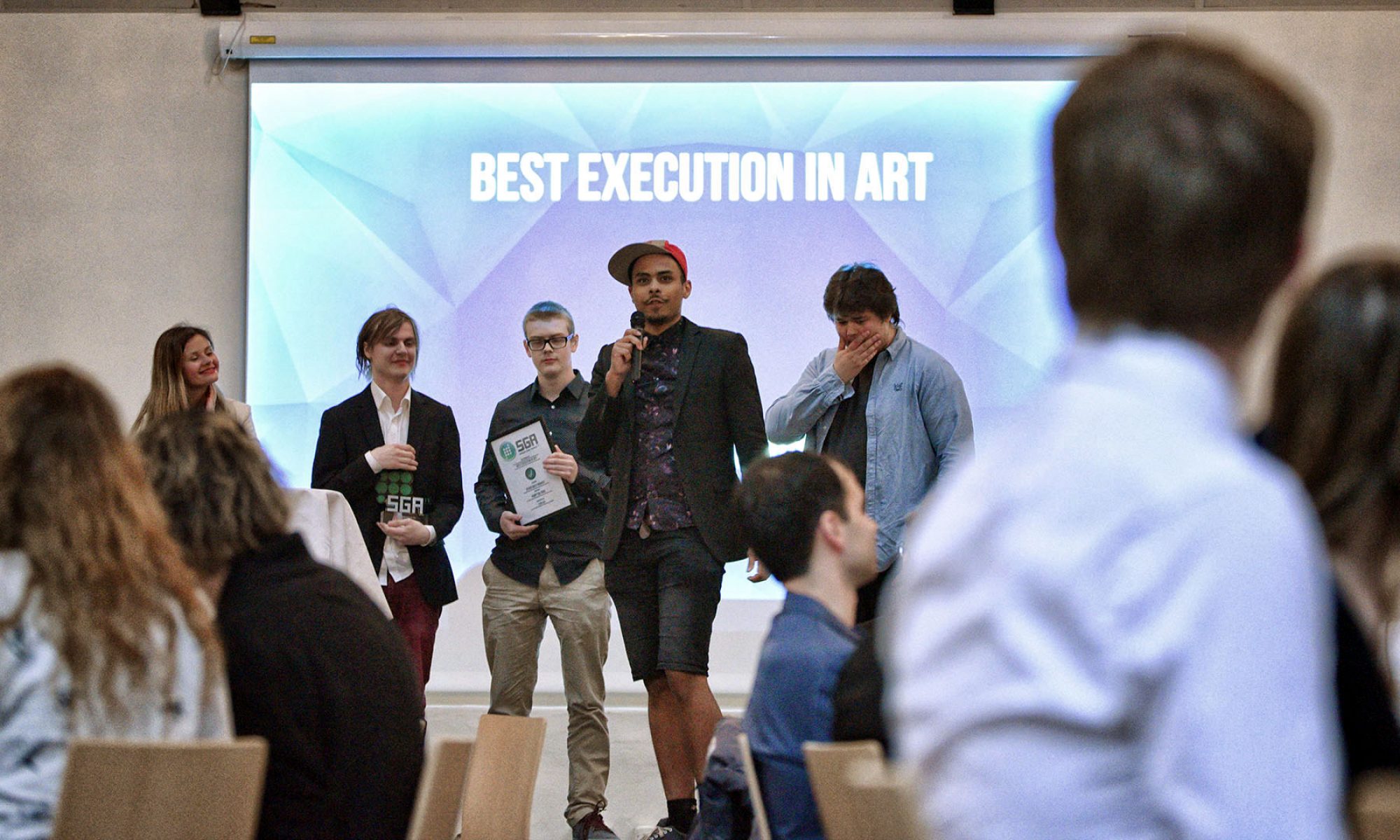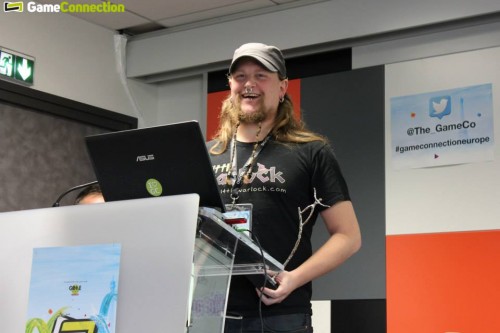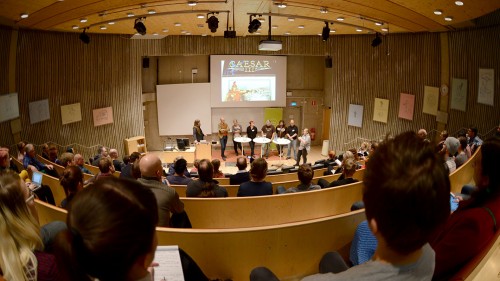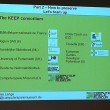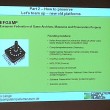 This weekend we attended the The Nordic Ferry Tale conference arranged by the Swedish Games Industry. Adam, Hans, Felicia and I took the ferry ride with nordic game developers from Sweden to Finland and back.
This weekend we attended the The Nordic Ferry Tale conference arranged by the Swedish Games Industry. Adam, Hans, Felicia and I took the ferry ride with nordic game developers from Sweden to Finland and back.
On the speaker list were people from Supercell (Clash of Clans, Hayday), Mojang (Minecraft), Grand Cru (never released anything) and (on video link from Japan) music game maker Masaya Matsuura – the man who created Parappa The Rapper!
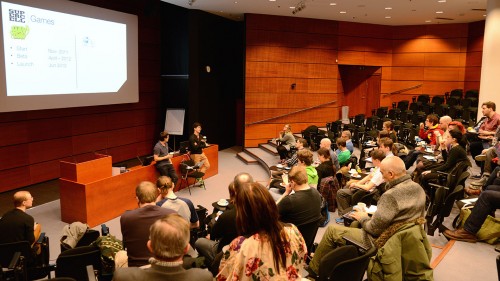
So we boarded in the afternoon in Stockholm, had dinner and crazy ferry buffé with fellow Swedish developers. Arrived in Helsinki and had breakfast with developers, before being bussed out to SuperCell’s offices in downtown Helsinki.
Then back to the boat for a few conference sessions, more crazy ferry buffét, this time with Swedish + Finnish developers.
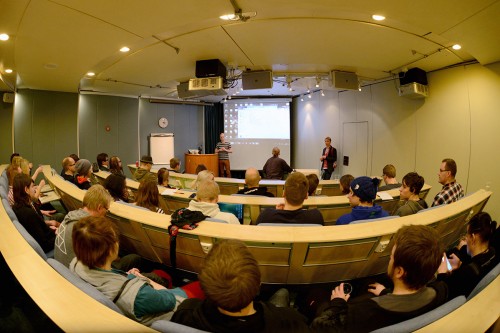
Back in Stockholm in the morning Sunday, and walked up to Paradox’ offices for another bunch of talks.
But unfortunately it was three days of mostly undergraduate content. With exception of Matsuura’s talk, there was very little insight provided in the conference. Especially as the entire audience consisted of professional game developers.
SuperCell was, by far, the most basic. Two guys talked about what a great company SuperCell was to work for. They discussed their new game without ever showing it, and didn’t let us take photos of any slides due to confidentiality. The questions from the room were pretty great (how much do you spend on user acquisition?) but they went, mainly, unanswered.
The trip was not an entire bust, however. We did get to reconnect with some of our awesome alumni who also attended the conference. The ferry was comfortable, and during the traditional conference-drinking sessions I got enough down time to play through Primordia – a gorgeous, clever, and melancholic science-fiction adventure game that I highly recommend! Easily the best experience of the entire weekend. 🙂
